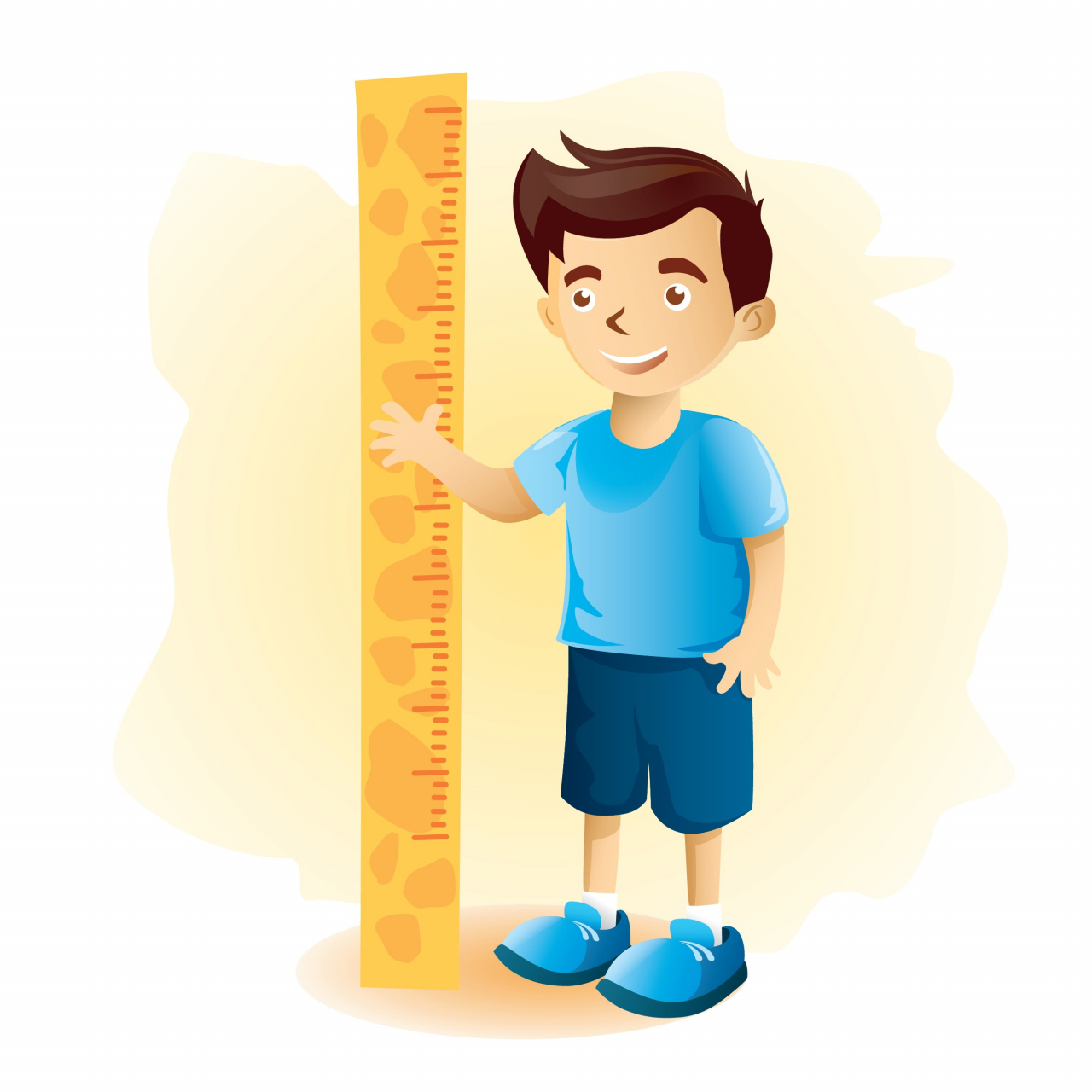[KH explains] Parents turn to growth hormone to give their children an edge
Korean parents’ education fever driving up sales of growth hormone therapies
By Shim Woo-hyunPublished : June 14, 2023 - 09:24

South Korea’s growth hormone deficiency treatment market has seen stunning growth in recent years, particularly with growing interest in children’s height among parents here.
“I heard that there are three things that moms in Daechi-dong (Seoul’s infamous private education district) do for their children these days: teeth straightening, squint eye correction and growth hormone treatment,” a 36-year-old working mom living in Gyeonggi Province said on condition of anonymity. “I'd also consider having my kid get the growth hormone therapy if I can afford it,” the mom added.
Growth hormone deficiency, or GHD, therapy is nothing new, but parents’ keen interest in height here has created a burgeoning market, leading to technological progress in therapies.
According to data from the Health Insurance Review and Assessment Service, the number of patients who visited hospitals or clinics concerning their height has surged by 50 percent from 29,061 in 2016 to 43,618 in 2021.
LG Chemical is one of the leading players in the field. Its GHD treatment Eutropin has seen a surge in sales from 80 billion won ($61 million) in 2020 to 100 billion won in 2021 and 120 billion won in 2022.
During the three-year period, its crosstown rival Dong-A ST’s Growtropin, the nation’s second-best-selling GHD treatment, also saw its sales nearly double from 32.4 billion won in 2020 to 61.5 billion won in 2022.
An official from German pharmaceutical giant Merck Biopharma also pointed to Korea as one of the key markets for its GHD treatment Saizen. The official noted Saizen have been maintaining an annual sales growth rate of around 10-percent over the last three years in the country.
Amid growing interest in GHD treatments, experts, however, raised concerns over abuse of the treatment.
"There are many parents visiting our hospital to ask if their children could get GHD therapies although their kids do not have a hormone deficiency or other diseases that cause developmental issues," an official from a large hospital said.
"Large hospitals usually send parents back if their children do not have a hormone deficiency, disorders that cause growth problems, or meet other requirements for insurance coverage," the official added.
Many children, who are short but otherwise healthy and normal, can still get GHD therapies at local clinics. Although parents should bear the cost, which becomes significantly more expensive if their children do not meet requirements for insurance coverage, many apparently are going to such clinics for the therapies, according to the hospital official.
For one year of the treatment, around 10 million-12 million won is required if a child is not eligible for insurance coverage, meaning the child does not have a medical condition requiring the treatment.
The biggest problem in bringing children who are developmentally normal and healthy and get GHD therapies at local clinics is that doctors who prescribe the therapies often turn out not to be experts in the field.
“There are many general practitioners who prescribe GHD therapies, but it could be dangerous because they would not know what negative side effects they will bring to children,” said Hwang Jin-soon, a pediatric endocrinology professor at Ajou University School of Medicine and the Korean Society of Pediatric Endocrinology chairman.
According to Hwang, medical practitioners in other areas, such as orthopedists and radiologists, are also prescribing GHD therapies in South Korea.
“A medical practitioner who prescribes GHD therapies should have background knowledge in endocrinology, at least about who can take the hormone therapies and who cannot,” Hwang said.
“Growth of a child is not only about the child’s height. One should be able to diagnose the child’s overall development. A lack of knowledge in the area could lead to dangerous side effects.”





![[Weekender] How DDP emerged as an icon of Seoul](http://res.heraldm.com/phpwas/restmb_idxmake.php?idx=644&simg=/content/image/2024/04/25/20240425050915_0.jpg&u=)




![[Music in drama] An ode to childhood trauma](http://res.heraldm.com/phpwas/restmb_idxmake.php?idx=644&simg=/content/image/2024/04/25/20240425050929_0.jpg&u=)








![[Herald Interview] Mistakes turn into blessings in street performance, director says](http://res.heraldm.com/phpwas/restmb_idxmake.php?idx=652&simg=/content/image/2024/04/28/20240428050150_0.jpg&u=20240428174656)
